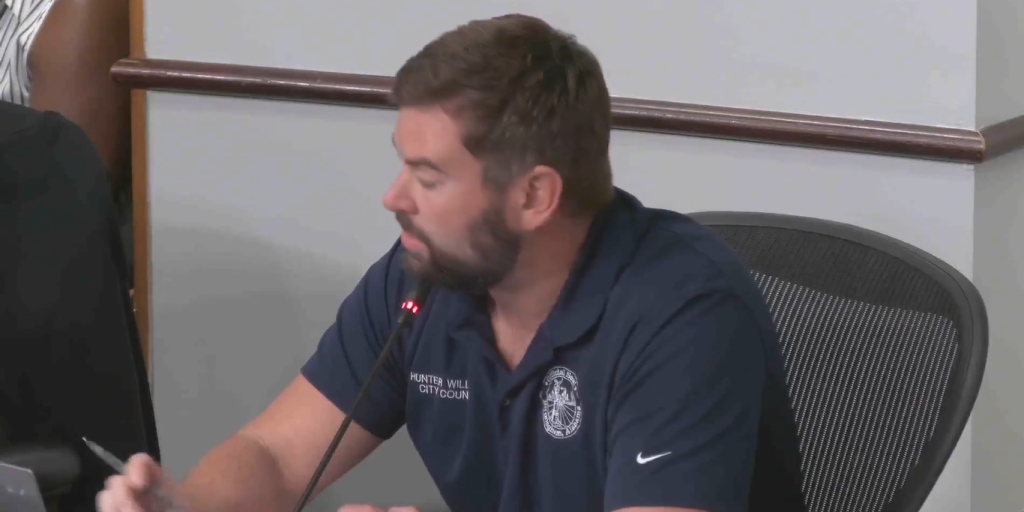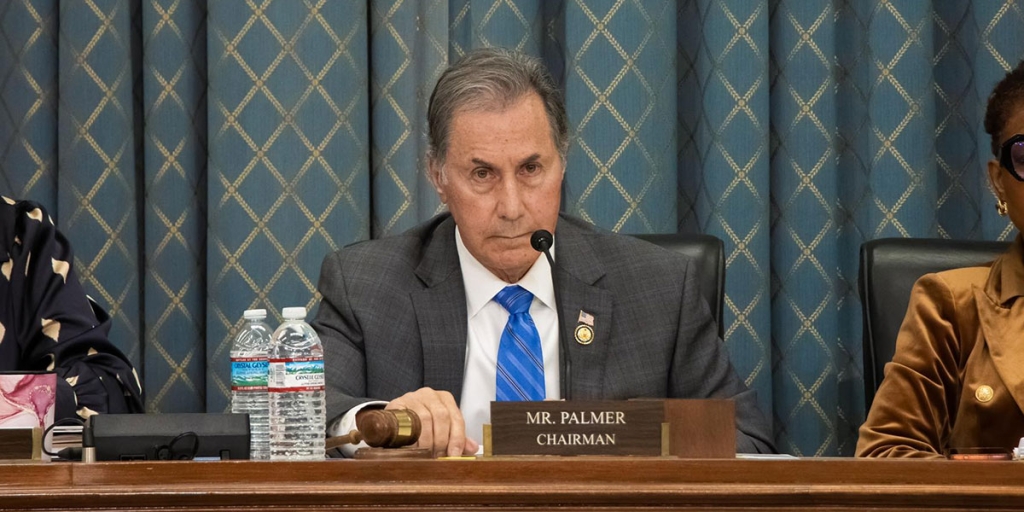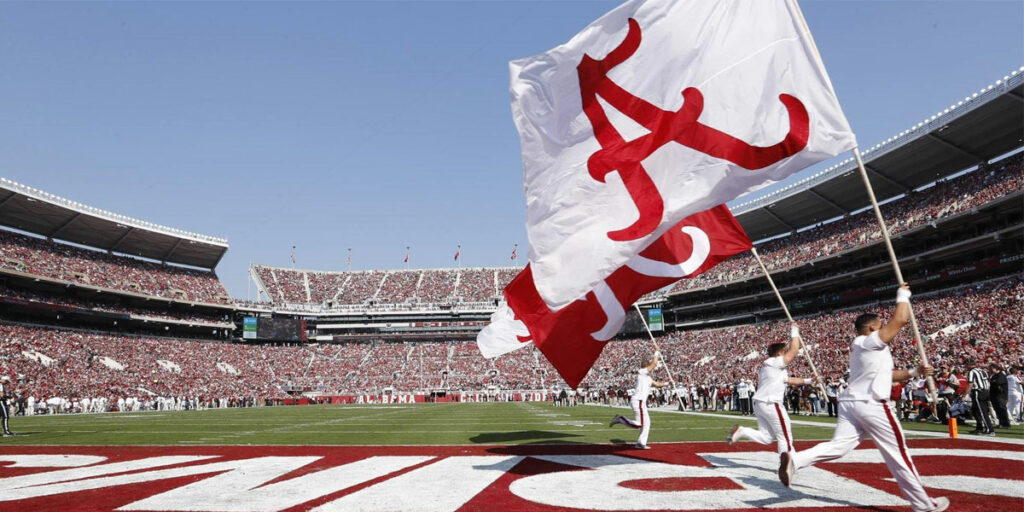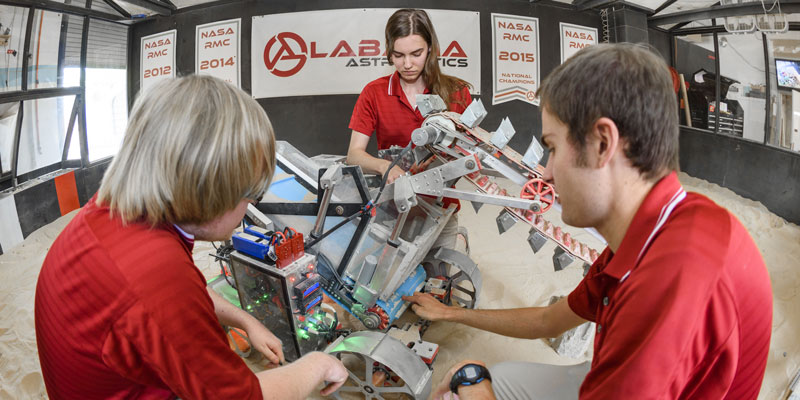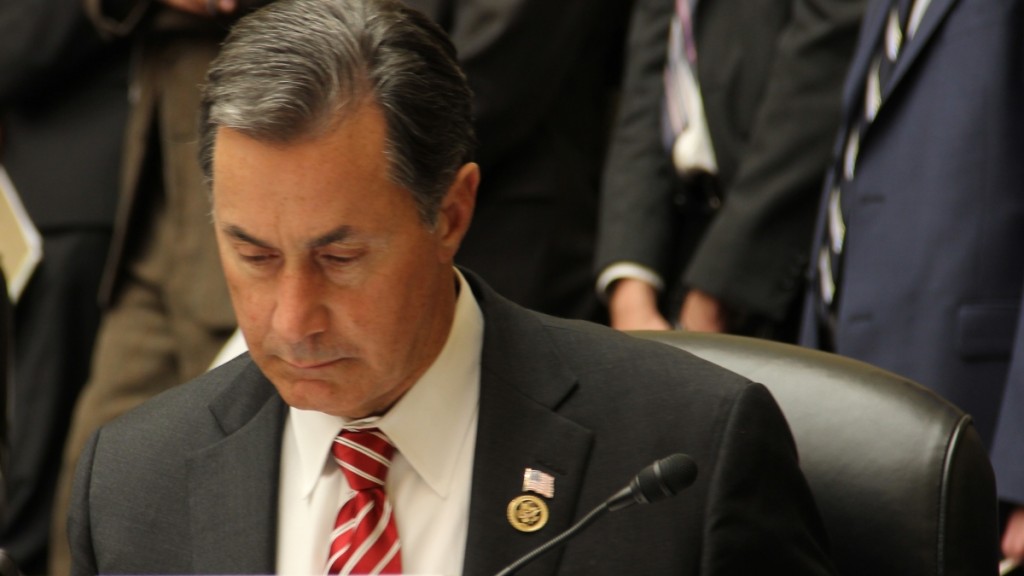
The University of Alabama last week rolled out a “strategic plan” that will serve as a roadmap going forward for the fastest growing flagship university in America.
The strategic plan’s four stated goals focus on “providing a premier undergraduate and graduate education,” bolstering the university’s research and innovation capacity, enriching the work environment on the Tuscaloosa campus, and recruiting and retaining top-notch students, faculty and staff.
UA president Dr. Stuart Bell, who has been in Tuscaloosa for just over a year, told Yellowhammer the strategic plan’s completion is perhaps the UA community’s most important accomplishment since he took the helm.
“People may not realize how much effort went into it,” he said. “We sent out over 100,000 surveys and held 16 town hall meetings. I can’t even count the number of committee meetings we held over a ten-month period. As a campus, we’ve grown more united as we worked together to craft a plan that we can now use as a roadmap going forward.”
Dr. Bell is presiding over an economic powerhouse, which has a total annual impact on the State of Alabama of $2.5 billion. The most recent study, released in 2014, estimated the flagship campus creates over 12,000 jobs and $111.5 million in income and sales tax revenues, producing a 17 percent annual rate of return on the $144.2 million annual appropriation the school receives from the state. Home football games alone had a statewide impact of $177.9 million. Additionally, the 2013-2014 graduating class will pay additional state income and sales taxes of $885.3 million over their careers than they would have without their UA degrees.
Yellowhammer caught up with Dr. Bell by phone late last week. A lightly edited transcript of the conversation can be found below.
What is UA’s new strategic plan and why is it important?
If you want to end up in a different place than you are today, you are going to have to change a little of the direction and a little of the pace. As a university, we need to be thoughtful and strategic about where we are wanting to go. That is what this plan is all about.
One of the great things about the ten-month process of creating it is that we were able to become more united. We have had so many discussions with stakeholders and constituency groups, both internally and from outside the campus, and it has helped us identify what is important to this university.
From academics and service programs to athletics and grounds, all of the units and departments will now be able to plug in and be a part of this plan going forward. We’ll all be pulling in the same direction. That’s going to enable us to get where we’re ultimately wanting to go.
What are some examples of the changes in “direction” or “pace” that the UA community can expect?
We have experienced incredible growth in our undergraduate programs. That will continue. But we have not experienced that same type of growth at the graduate level. Expect that to change.
That won’t happen on its own, and we are continuing to have conversations about how that looks. Is it more academic program offerings? Is it bringing in more graduate students? If we want to grow in this way, we are going to have to be intentional about identifying the challenges. At the undergraduate level, we have recruiters going all over the country. The graduate model is a little different, but we need to be making some tweaks to how we attract graduate students.
The faculty senate did a survey that identified some other areas we plan to address as well.
The faculty want more activity in the discovery and research areas. We need to focus on what it means to be a national flagship university. Where are we strong and where can we improve? We are thinking a lot about that now.
UA was just named the fastest growing flagship university in America. Can we expect that kind of growth to continue?
You are either growing or you’re dying. Growth is healthy. I was at a recruiting event in Memphis recently and it was so packed with students and parents we couldn’t get anyone else in the room. We don’t necessarily have to be the fastest growing flagship every year, but we will continue to grow.
We will be strategic about our growth going forward. We will have more focus at the graduate level and on our discovery and research activities, but we will continue to grow undergraduate, too.
We are all about helping our students be more successful in their careers and in their lives.
For the first time, more than half of UA’s students are coming in from out of state. What is attracting these students to Tuscaloosa?
First and foremost, great students want to be around other great students. Just look at our numbers: We had 151 National Merit students last year, ranking us among the country’s top public universities. Thirty-six percent of our freshmen scored 30 or higher on the ACT. That places UA in the 95th percentile. These students are coming out of high schools all over the country at the top of their classes, and they see themselves coming to UA.
The cool thing about this is that it feeds on itself. When a great out-of-state student comes to UA, they are kind of a bell cow for all of their friends. The more great students you attract, the more great students they attract to come in behind them.
This is huge for the state of Alabama from an economic development standpoint. We are bringing in the best and brightest and a lot of them want to stay here. They are going to create jobs and invent products and companies that we don’t even have right now.
There was a time when Alabama brought in some rocket scientists to Huntsville. What was it like before that? It wasn’t known for rockets, but today it’s “The Rocket City.” Twenty years from now we will be saying, “Wow, what an impact these out-of-state students had on this state.”
What is the biggest challenge in the implementation of the new strategic plan?
It is going to be important for us to stay in communication with our campus and UA constituency groups. We are going to be aggressive with some of our initiatives and it is going to take a lot of energy and discipline to stay the course and make it happen. But that is the fun part. That is why we are here — to implement new ideas, assess how they are working, then repeat that process.
What accomplishments or challenges stand out from your first full academic year at UA?
It has been a great year. We had a record number of incoming freshmen. The graduation classes — wow, they were big. We graduated over 6,000 students. Our student-athletes had a great year, too. We won some SEC championships, and had a pretty good football game out in Glendale, Arizona. It was exciting to watch gymnastics finish third in the nation, and their team GPA was 3.748, including Lauren Beers’ 4.0!
I have really enjoyed getting around and meeting all of our alumni and supporters and feeling how much they love UA. I know we are going to be able to go where we need to because of how invested they are in helping us move forward.




